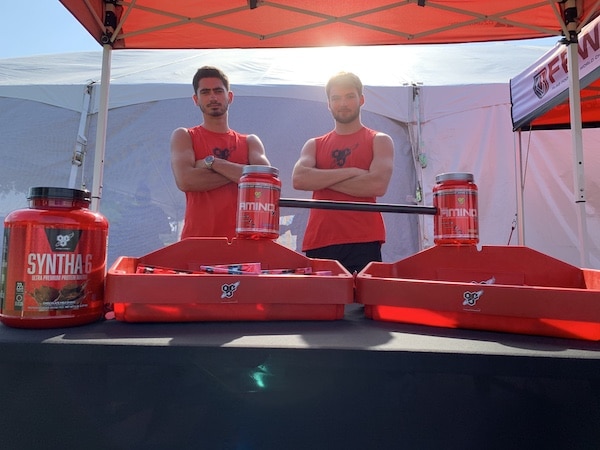
Why should you use product sampling campaigns? To find out what your guests want! Sampling marketing is a powerful way to find out if your target population will react with “I never knew I needed this!”. This is the start of getting them to know, like and trust your brand.
The theory behind sampling marketing is relatively simple.
- Determine a sample of the population
- Get feedback
- Use the data collected to determine the best path forward for larger populations.
With that being said, sampling marketing can become complex, simply because there are so many options for types of data collection.
- Should you rely on a random selection of participants?
- What sample size do you need to represent your target population?
There are a wide array of methods for sampling marketing. And an experienced marketing partner like MOGXP will help determine the best options for your specific goals.
But in the meantime, it helps to understand of the different types and options of sampling marketing, and how they can work to your benefit.
Start by taking a look at some of the most common types of sampling methods.
Different Sampling Methods for Marketing Your Products
1. Cluster Sampling
Custer sampling refers to segments of a certain population or “clustered” that are determined by geographic groups. For example, you may target Millennials who live in Boston, or retirees along the southeast coast.
Cluster sampling is a great option for face-to-face surveys. Plus, it is a relatively easy way to garner sampling info on your target population, based on their locale.
The potential drawbacks are that there is a greater risk of sampling error. This is because you can’t determine whether your sample represents the guests that know, use and appreciate your business or products.
2. Random Sampling
Random sampling is exactly that – a completely random selection of subjects that represent the larger population. When it comes to garnering information, this can be a true and fairly accurate representation of the overall, larger population, simply because of the random nature of participants.
However, a larger sample size is often recommended to get the most accurate results possible. As a result, it can be time consuming or impractical if you need to garner feedback from across the country. (However, a sampling marketing professional can help you overcome these potentially time consuming hurdles.)
3. Convenience Sampling
Convenience sampling refers to finding folks who are willing to volunteer their time to take a survey or be involved in a study. This is the opposite of a random sampling, and is easy to achieve by reaching out to your existing guests and fans.
The drawback is that the results may sway towards the positive, and may not be accurate. If your subjects already know your product, you may encounter biased responses along the way.
4. Quota sampling
With quota sampling, the goal is to acquire a sample that is representative of the overall population. Yet it is also divided (or stratified) by essential variables and demographics, such as income, location, or age.
The quota sample is then derived from these larger variables for a more complete portrait of a larger population. This is an easy way of obtaining a sample, and can provide a lot of valuable data. However, you need to know the key variables to account for, and there is some risk of bias due to the variations in demographics.
Which Method is Best for You?
Simply put, the type of sampling you should enlist to ensure the most accurate data collection varies widely, and is highly dependent on:
- your overall marketing goals
- your available resources
- the time you can dedicate for market research.
And while sampling marketing can provide crucial information on your audience, the smallest sampling error can undermine your efforts and can hinder your ability to create a clear picture of your target population.
So don’t leave your sampling marketing to chance! Talk with the team at MOGXP so we can garner a better understanding of your goals, and then leave the heavy lifting to us.
With ample experience in sampling marketing, and how to use the results of your market research to your best advantage, we can ensure that your data collection efforts remain a powerful tool in your overall marketing strategies.
We Can Help
Our clients know that we base all decisions on consistency. This means, an experience at the right place, the right time, and sending the right message to the right people, from the right brand ambassadors.
Want to learn more? Contact our expert team at MOGXP here. We’ll work together to identify the best opportunities to make your experiential marketing campaign a success.
Reference:
